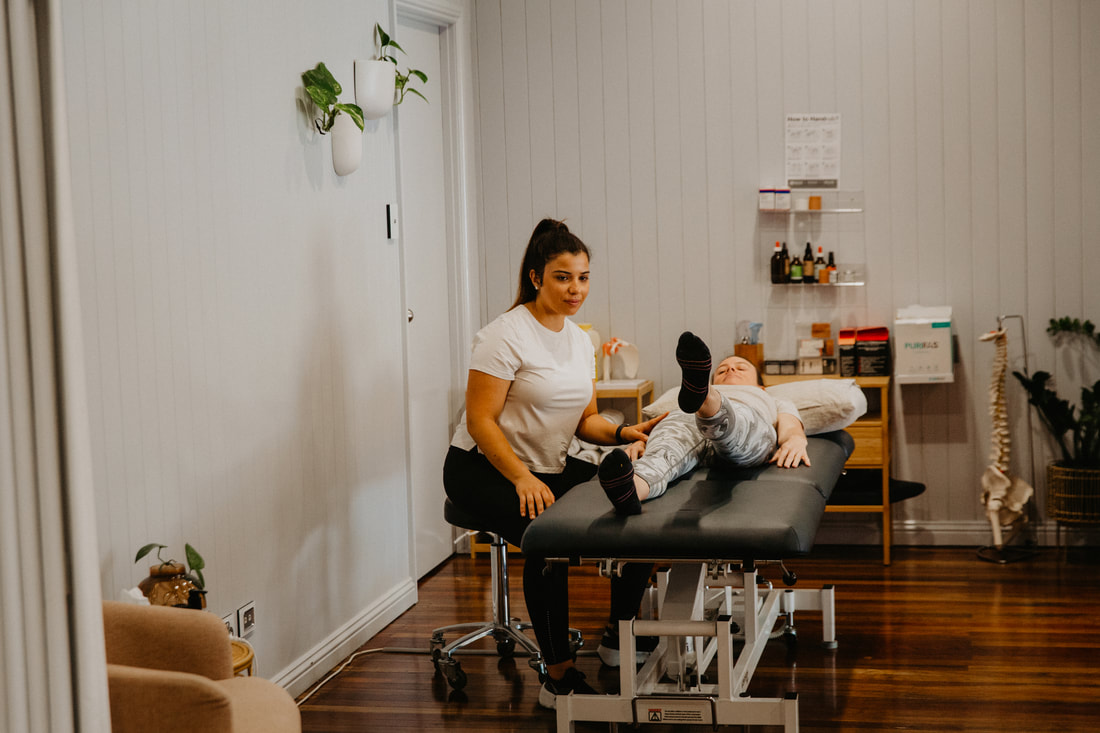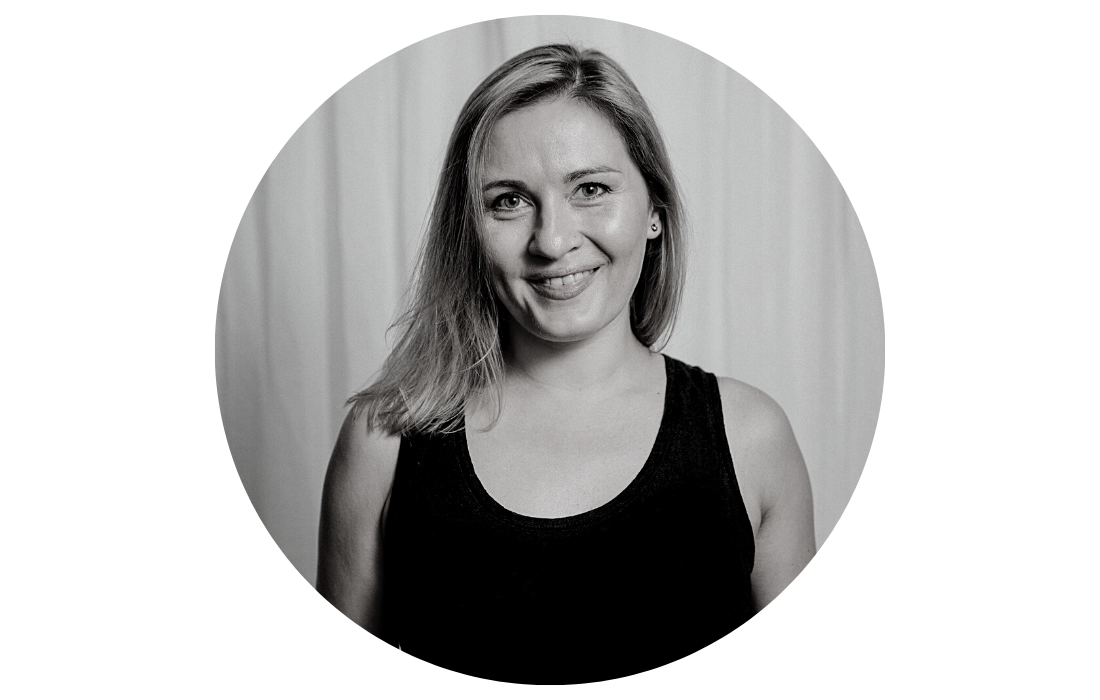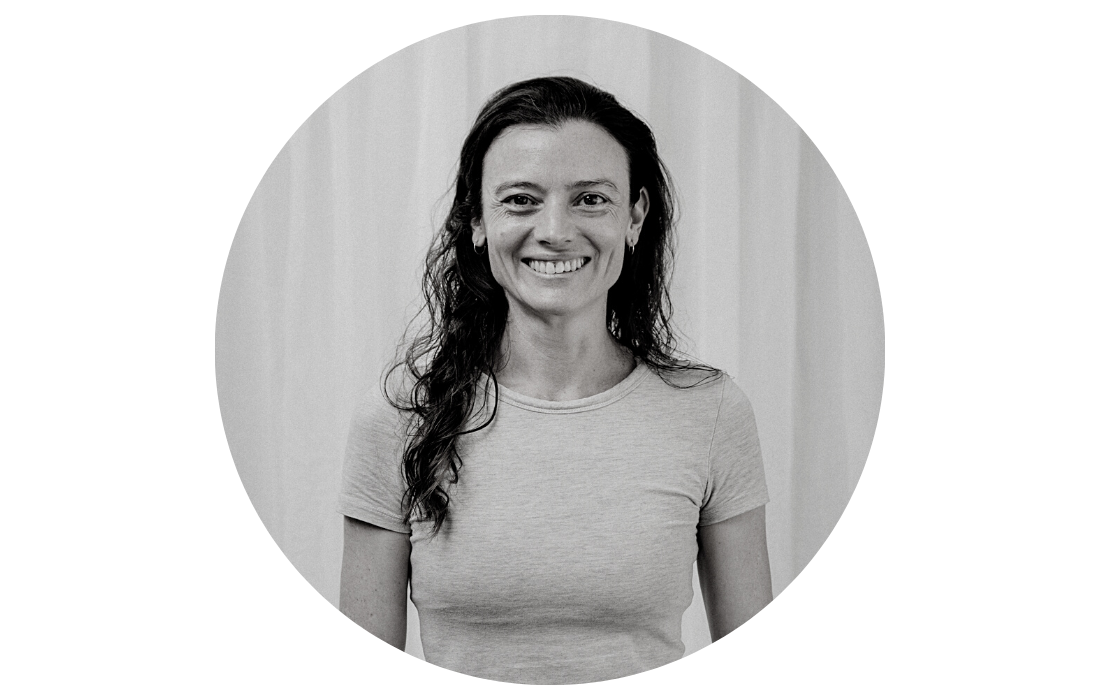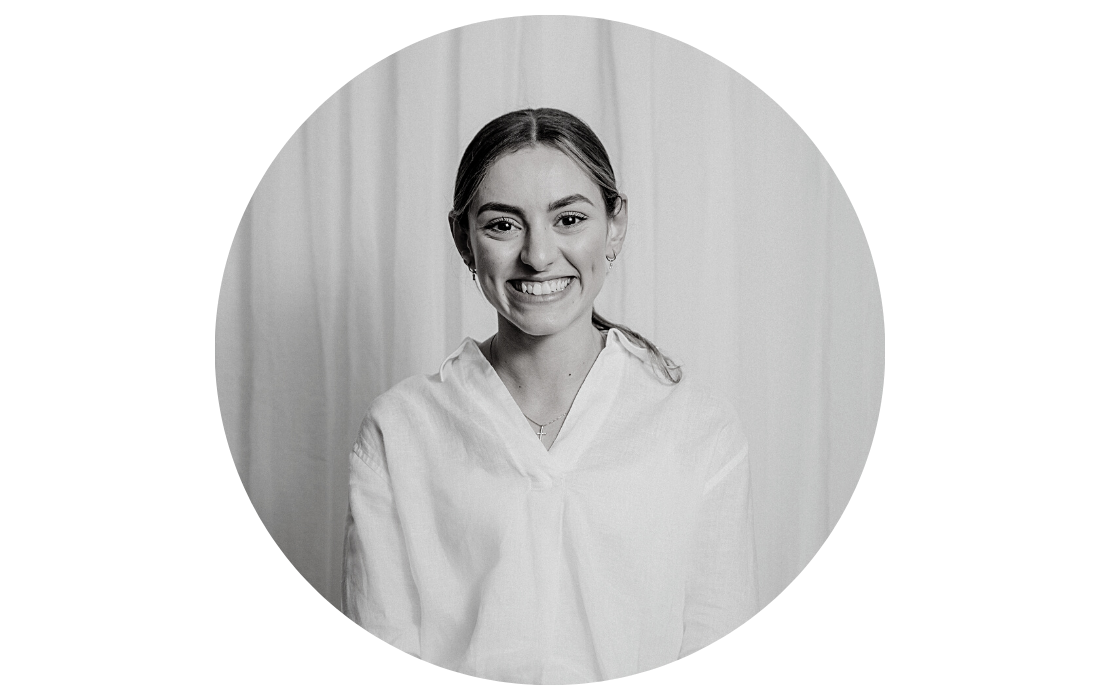Greater Trochanteric Pain Syndrome physiotherapy Brisbane.
What are GTP Conditions?
GTPS, or Greater Trochanteric Pain Syndrome, is a term used to describe a lateral hip pain syndrome and tenderness over the bony prominence on the side of the hip called the greater trochanter. The pain can result from a range of conditions: trochanteric bursitis, gluteal tendonitis or tendon tears, and external snapping hip syndrome. Patients with GTP typically experience pain when lying on the affected side, prolonged sitting, walking, or climbing stairs.
Thorough clinical history and physical assessment can help to pinpoint specific causes of greater trochanteric pain. Ultrasound imaging may be helpful to confirm the condition of the tendons and degree of the bursitis.
How Can Physiotherapy Help with GTP Conditions?
How Can Clinical Pilates Help with GTP Conditions Rehabilitation?
Our clinic is committed to providing you with the highest standard of care. We utilise the latest research and methods to ensure your treatment for GTP Conditions is effective and evidence based. We value a patient-centred approach, ensuring you feel listened to and well-supported on your road to recovery, come in and see our friendly Coorparoo and Tarragindi physiotherapists today!
Call us on 07 3706 3407 or email [email protected] for a booking. We would love to work with you.
GTPS, or Greater Trochanteric Pain Syndrome, is a term used to describe a lateral hip pain syndrome and tenderness over the bony prominence on the side of the hip called the greater trochanter. The pain can result from a range of conditions: trochanteric bursitis, gluteal tendonitis or tendon tears, and external snapping hip syndrome. Patients with GTP typically experience pain when lying on the affected side, prolonged sitting, walking, or climbing stairs.
Thorough clinical history and physical assessment can help to pinpoint specific causes of greater trochanteric pain. Ultrasound imaging may be helpful to confirm the condition of the tendons and degree of the bursitis.
How Can Physiotherapy Help with GTP Conditions?
- Pain Management: Techniques like massage, ice, and heat application can help reduce pain and inflammation.
- Manual Therapy: Manipulative techniques to improve hip mobility and reduce tension.
- Exercise Therapy: Targeted strengthening and stretching exercises to restore muscle balance around the hip.
- Education: Guidance on posture, movement mechanics, and lifestyle modifications to prevent recurrence.
How Can Clinical Pilates Help with GTP Conditions Rehabilitation?
- Tailored Exercises: Pilates offers a controlled environment for specific muscle activation, vital for rebalancing muscles around the hip.
- Improved Core Strength: Core stability is essential for hip functionality, and Pilates emphasises this aspect.
- Flexibility Enhancement: Pilates routines can aid in elongating and balancing the muscle groups, promoting better hip alignment.
- Body Awareness: The mindful nature of Pilates fosters a greater sense of proprioception, helping patients understand and modify movement patterns that might be contributing to their pain.
Our clinic is committed to providing you with the highest standard of care. We utilise the latest research and methods to ensure your treatment for GTP Conditions is effective and evidence based. We value a patient-centred approach, ensuring you feel listened to and well-supported on your road to recovery, come in and see our friendly Coorparoo and Tarragindi physiotherapists today!
Call us on 07 3706 3407 or email [email protected] for a booking. We would love to work with you.
Who to book in with:
Yulia Khasyanova
|
Emma Cameron
|
Monica Hanna
|



